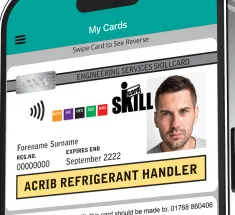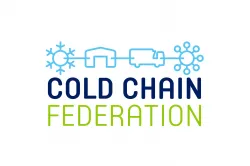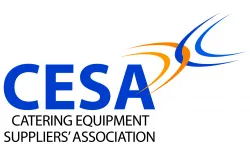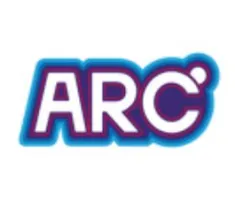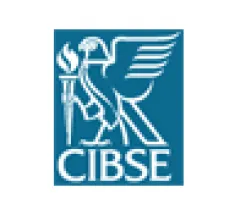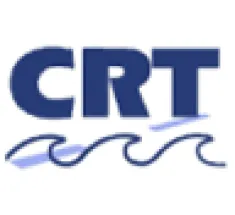Cannot load form
Sorry, this form requires you to accept Analytics and Functional cookies before it can load. Click here to allow these types of cookie.
Information for importers of equipment containing fluorinated greenhouse gases on their obligations under the EU F-Gas Regulation
From January 2017 all refrigeration, air conditioning and heat pump equipment charged with HFCs became part of the HFC phase-down system implemented under the European F-gas Regulations, which came into force in 2015.
Importers of refrigeration, air conditioning and heat pump equipment into Europe that is pre-charged with HFCs need to ensure that the HFCs charged into the equipment are accounted for within the quota system when placing pre-charged equipment on the EU market.
Equipment importers have two options: to obtain an authorisation from a quota holder matching the quantity of HFCs in the pre-charged equipment or demonstrate that the pre-charged HFCs were previously placed on the market.*
Companies are classified as importers if they import equipment from countries outside the EU. They are not considered to be importers if they only buy or sell pre-charge equipment from or to companies in other member states.
The European Commission published a guidance document (title as above) in February 2017 Information for importers of equipment containing fluorinated greenhouse gases on their obligations under the EU F-gas Regulation and importer responsibilities for UK companies are also explained on HM Revenue and Customs (HMRC) website.
To comply with the HFC phase-down requirements or the reporting obligations for F-gases, importers must indicate the amount of refrigerant pre-charged in the equipment, measured in tonnes CO2 equivalent. This applies to both the gas contained in the circuits of the equipment and reportable gases used in other parts of the equipment, such as the insulation foams.
The EC guidance points out that the most straightforward option to comply with the HFC phase-down is to avoid, where possible, importing RACHP equipment that relies on HFCs. Using non HFCs such as hydrocarbons are given as an option as is the importation of “dry” equipment, or equipment imported with an HFC free holding charge such as nitrogen.
As a check to determine if the guidance document concerns your company:
1) Is your company the importer? (see section 2.1 - Who is the importer?)
2) Is the equipment imported for free circulation inside the EU?
3) Does the imported equipment contain gases listed in Annex I and/or Annex II of the F-gas Regulation?
If you answer “Yes” to all three questions, your company will have certain obligations under the F-gas regulation.
If you are a manufacturer of equipment producing outside the EU (and do not import the equipment into the EU yourself), the guidance document should also be useful as it provides an understanding of the rules for importing equipment into the EU and will enable you to raise your equipment importer’s awareness related to these rules.
You should in particular be aware of the ‘pooling option’ as explained in sections 3 and 4.3, which allows companies such as manufacturers to play a role in complying with the HFC phase-down by centrally procuring authorisations from quota holders and delegating them to those companies which act as importers of equipment into the EU.
*“Placing on the market” is defined as supplying or making available to another party in the European Union for the first time, for payment or free of charge. This means that once the equipment is released by the importer for free circulation, it is considered to have been placed on the market.
Issued by ACRIB F Gas Group - May 2017.

